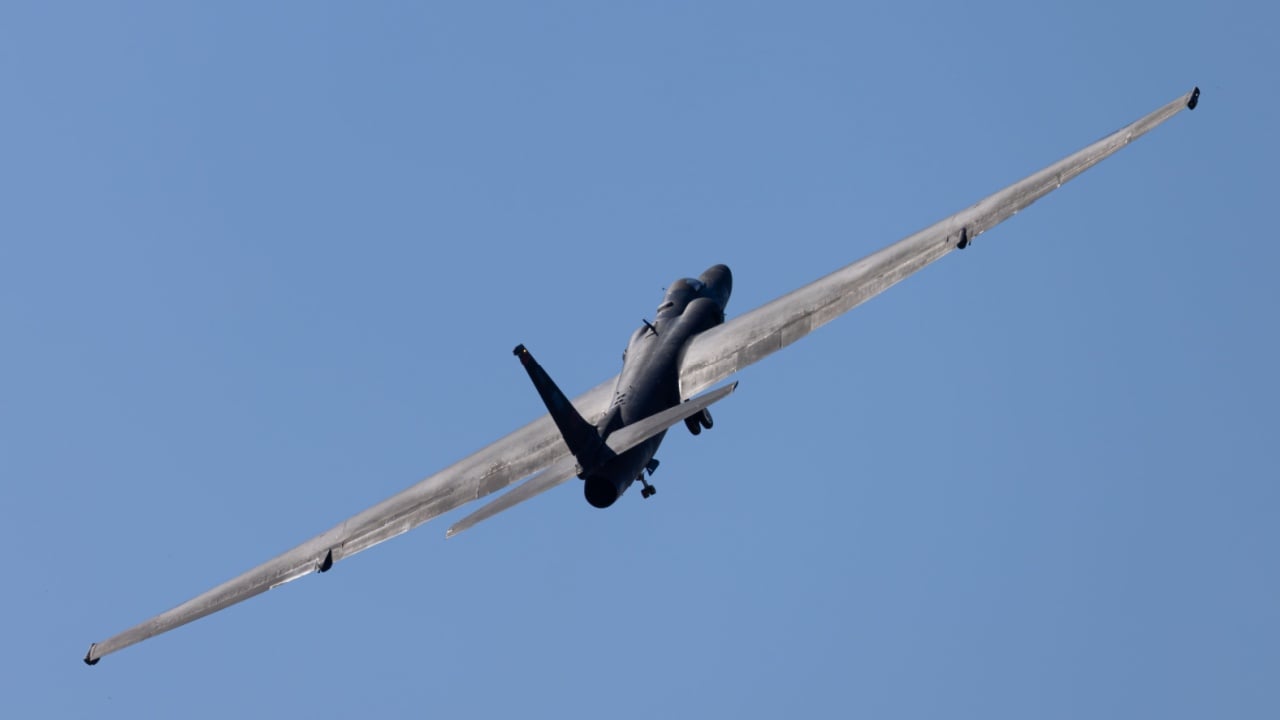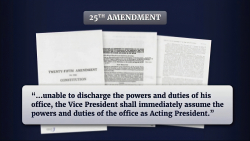
The US Air Force Is Saying Goodbye to This Iconic Surveillance Aircraft
The U-2’s retirement is driven by a complex interplay of operational costs, concerns about its performance in contested airspace, and a strategic pivot towards unmanned and space-based systems.
The Lockheed U-2 Dragon Lady, an iconic Cold War-era high-altitude reconnaissance aircraft, is slated for retirement in fiscal year 2026, with divestment to begin as soon as October 2025. The retirement marks the culmination of years of debate, starting in the early 2000s. The U-2’s retirement will be bittersweet, as it was one of the most unique and charming aircraft in aviation history.
The US Air Force Has Begun Phasing Out the U-2
In January 2024, the US Air Force formally initiated phase-out actions, stating that no U-2 airframes currently undergoing maintenance would ever return to active duty; the Avionics Technical Refresh program would be suspended; pilot recruitment would cease; and depot overhauls would be phased out.
The gradual retirement serves several strategic, operational, and financial goals.
The U-2 fleet is aging. Most of the airframes date back to the 1980s, and spare parts are becoming increasingly complex to find. While previous avionics upgrades improved performance and reliability, the workload required to keep the fleet airworthy is increasing. Corrosion of the existing airframes is also growing, along with overall maintenance costs.
The U-2 is highly effective in uncontested airspace, flying as high as 70,000 feet. However, in high-end conflicts against near-peer adversaries, for which the United States is currently preparing, the U-2 would be vulnerable to modern air defense systems.
The U-2 will be replaced with a combination of space-based sensors, advanced stealth drones such as the RQ-180, and next-generation systems under the Pentagon’s Advanced Battle Management System and Joint All-Domain Command & Control. These upgrades will ensure the US Air Force’s surveillance capabilities remain cutting-edge.
The History of the U-2 Reconnaissance Aircraft
The U-2 first flew in the 1950s, having been developed to gather precise imagery of Soviet missile sites. Entering service in 1956, the U-2 was a groundbreaking platform, with a service ceiling of about 70,000 feet, high enough to see the curvature of the Earth’s surface. Outfitted in astronaut-like pressure suits, the U-2 pilots operated integrated sensors, including imagery, signals, and MASINT, to conduct sophisticated ISR missions.
The aircraft has been used for decades, supporting missions from Vietnam and the Gulf Wars to helping counter ISIS, providing disaster relief, assisting in satellite calibration, and, most recently, providing border surveillance.
The U-2 has also served as a technology testbed, where engineers have tested the integration of AI systems, ISR sensors, and new communications equipment.
However, the U-2’s final flight is approaching. The aircraft’s retirement is driven by a complex interplay of operational costs, concerns about its performance in contested airspace, and a strategic pivot towards unmanned and space-based systems. Congress could, of course, intervene and delay the retirement.
However, the timeline appears to be set, with a start date slated for just a few months in October 2025.
About the Author: Harrison Kass
Harrison Kass is a Senior Defense and National Security Writer at The National Interest. Kass is an attorney and former political candidate who joined the US Air Force as a pilot trainee before being medically discharged. He focuses on military strategy, aerospace, and global security affairs. He holds a JD from the University of Oregon and a master’s in Global Journalism and International Relations from NYU.
Image Credit: Shutterstock/ranchorunner.
The post The US Air Force Is Saying Goodbye to This Iconic Surveillance Aircraft appeared first on The National Interest.
















